Influence of Beauty Trends
The Shea Body Butter Market is significantly influenced by prevailing beauty trends that emphasize hydration and natural beauty. As consumers gravitate towards products that promote a healthy glow, shea body butter has emerged as a favored choice due to its rich, creamy texture and moisturizing properties. The rise of clean beauty trends, which advocate for transparency in ingredient sourcing, aligns well with the characteristics of shea butter. Market analysts suggest that the clean beauty movement could lead to a substantial increase in demand for shea body butter products, thereby positively impacting the Shea Body Butter Market.
Sustainability Initiatives
The Shea Body Butter Market is increasingly shaped by sustainability initiatives that resonate with environmentally conscious consumers. Brands are adopting eco-friendly practices, such as ethical sourcing of shea nuts and sustainable packaging solutions. This commitment to sustainability not only appeals to consumers but also enhances brand loyalty. Data indicates that a significant portion of consumers is willing to pay a premium for products that are sustainably sourced. As the demand for environmentally responsible products continues to rise, the Shea Body Butter Market is likely to benefit from this trend, positioning itself as a leader in sustainable beauty.
Expansion of Retail Channels
The Shea Body Butter Market is witnessing an expansion of retail channels, which is facilitating greater accessibility for consumers. Traditional brick-and-mortar stores, alongside online platforms, are increasingly stocking shea body butter products. This diversification in retail options is crucial, as it allows consumers to easily find and purchase their preferred products. Recent statistics suggest that e-commerce sales in the beauty and personal care sector are expected to grow significantly, potentially reaching over 30% of total sales in the coming years. This trend is likely to enhance the visibility and availability of shea body butter, further propelling the Shea Body Butter Market.
Rising Awareness of Skin Health
The Shea Body Butter Market is benefiting from a growing awareness of skin health among consumers. As individuals become more informed about the importance of skincare, there is an increasing preference for products that offer therapeutic benefits. Shea body butter, known for its rich vitamins and fatty acids, is often recommended by dermatologists for its ability to hydrate and nourish the skin. Market Research Future indicates that the skincare segment is expected to witness a surge in demand, with shea body butter positioned as a key player. This heightened focus on skin health is likely to drive sales within the Shea Body Butter Market.
Growing Demand for Natural Ingredients
The Shea Body Butter Market is experiencing a notable increase in demand for products that feature natural and organic ingredients. Consumers are becoming increasingly aware of the potential adverse effects of synthetic chemicals in personal care products. This shift towards natural formulations is driven by a desire for safer, healthier options. According to recent data, the market for natural personal care products is projected to grow at a compound annual growth rate of approximately 10% over the next five years. This trend is likely to bolster the Shea Body Butter Market, as shea butter is recognized for its moisturizing properties and skin benefits, appealing to health-conscious consumers.


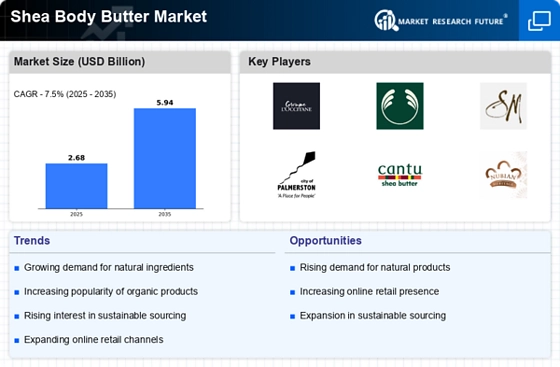
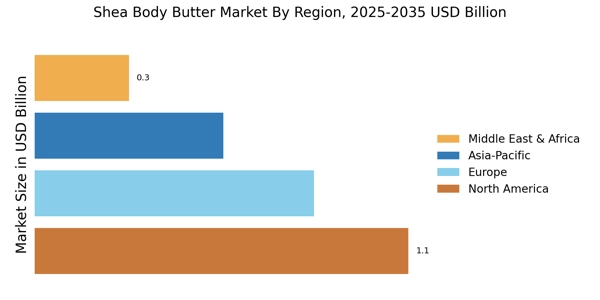
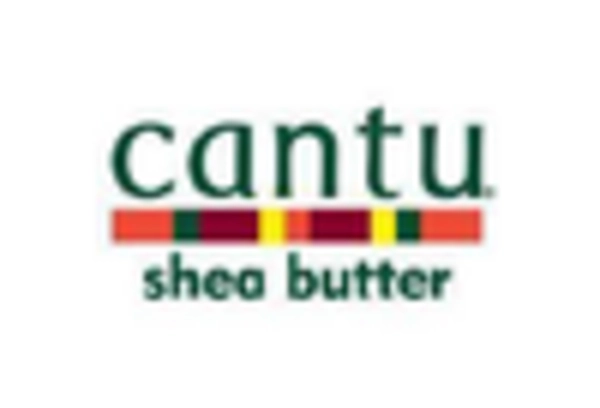
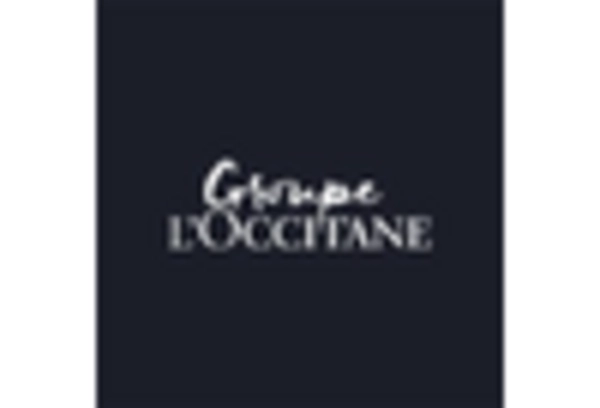
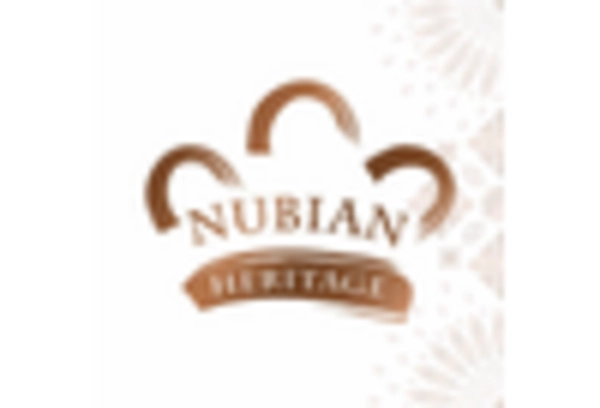











Leave a Comment